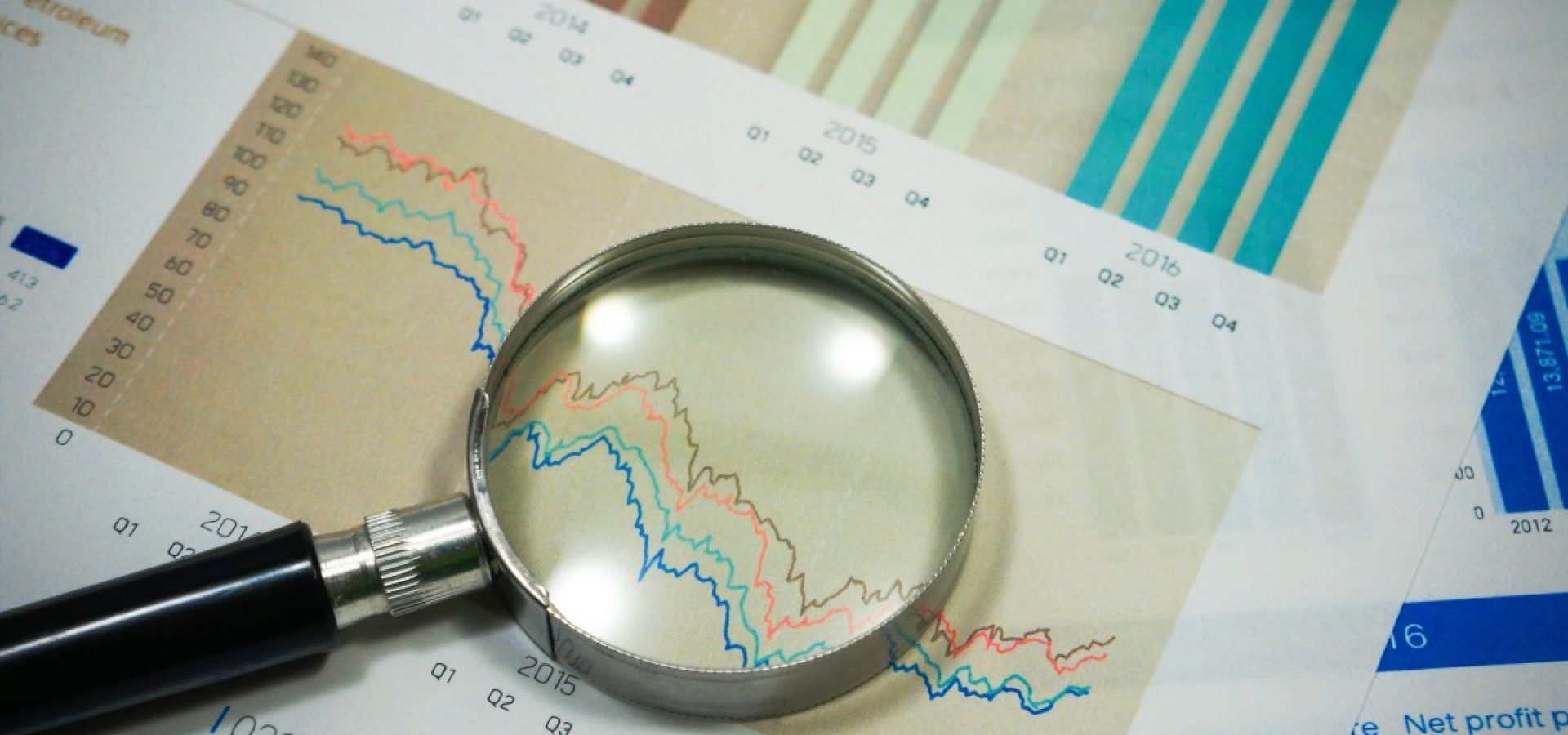A rough week closed in which, in the end, the movements have been small compared to those that stock markets have used to last year.
In the US, the one that suffered the most was the Russell 2000 with a fall of 2.76%, followed by the S&P 500 with a decrease of 0.77%. The DOW JONES Ind and the NASDAQ 100 also lost 0.46% and 0.54%, respectively, this week.
Another important factor during the week was the increase in the yield of the US 10-year bond. On Friday, it reached a maximum of 1,750, closing at 1,730, representing a weekly yield increase of 6.46%.
The Fed does not seem to care about bonds or inflation
Jerome Powell is the Fed’s chairman. According to him, after the central bank’s meeting, the organization would keep short-term interest rates near zero through 2023. However, the current pace of asset purchases of at least $120 billion a month was maintained. The US GDP growth expectations improved dramatically to 6.5% from 4.2% in December 2020.
The Federal Reserve’s inflation expectations measured by the Personal Expenses of Consumption went from 1.8% in December to 2.4% in 2021. But they expect the rise in inflation to be temporary, and its forecast for 2022 is 2%.
At the moment, the large fund manager’s concern is centered on two aspects. Markets remain pending inflation and US bond yields.
On Friday, the Fed said it would not extend the temporary change to its supplementary leverage ratio from March 31.
What does this mean for stocks?
It led to falls in banks, but the news did not cause them significant losses. Initially, stocks turned down on Friday’s news, pricing in the risk that the SLR will become and stay a binding constraint on the largest banks. But that may not weigh on the sector for long.
Betsy Graseck, a Morgan Stanley analyst, believes that central to the proposal is whether leverage stays a binding constraint or returns to a backstop measure behind risk-based capital requirements.
Evercore ISI’s Schorr wrote that the Fed doesn’t want the SLR to be the primary constraint on a bank’s ability to lend. According to him, the pressure is now on the Fed to produce a substantial reform and relatively quickly. He worries that this is the first sign of the regulatory pendulum swinging back against the banks.









COMMENTS